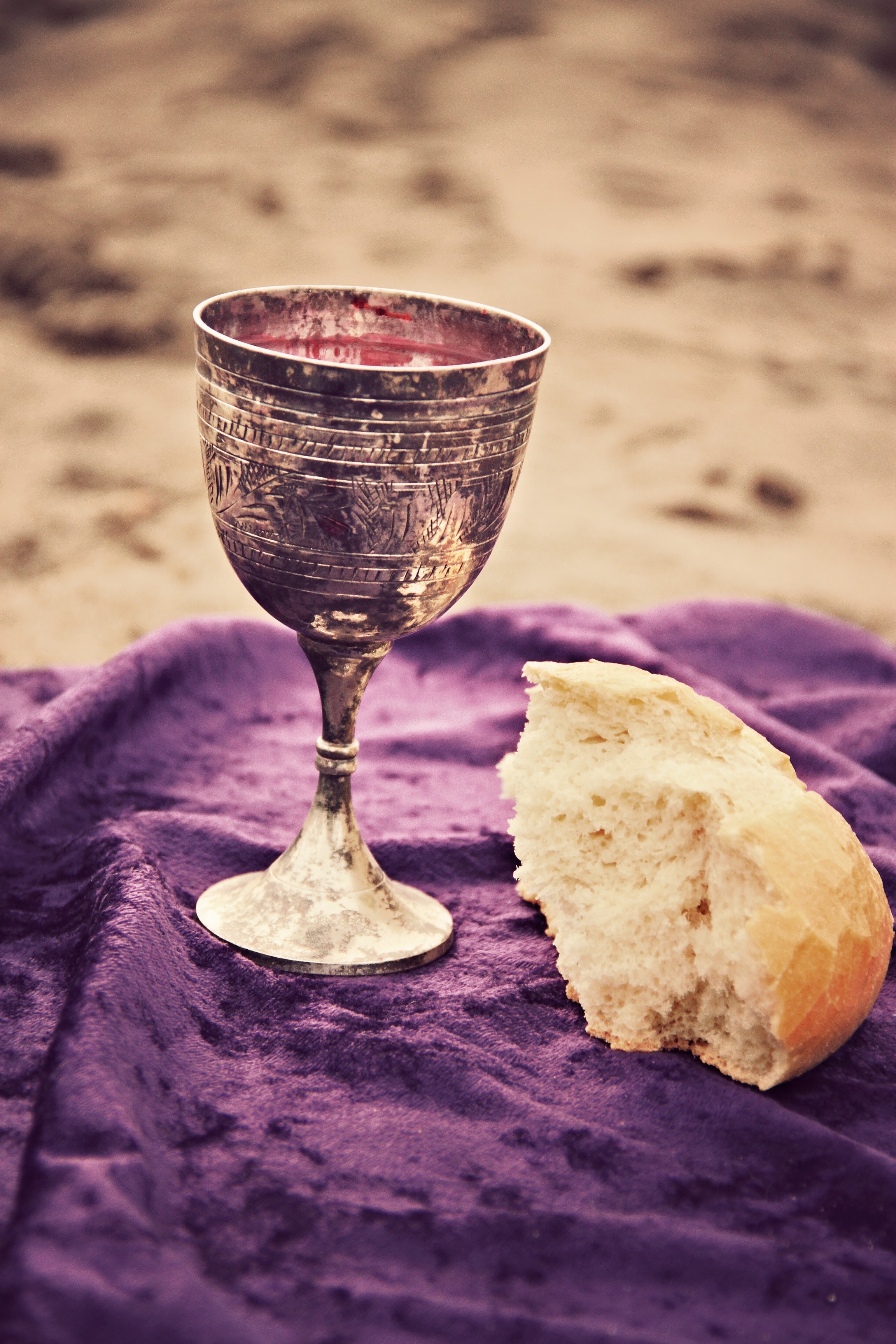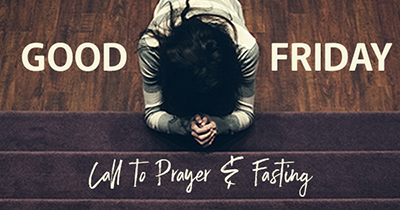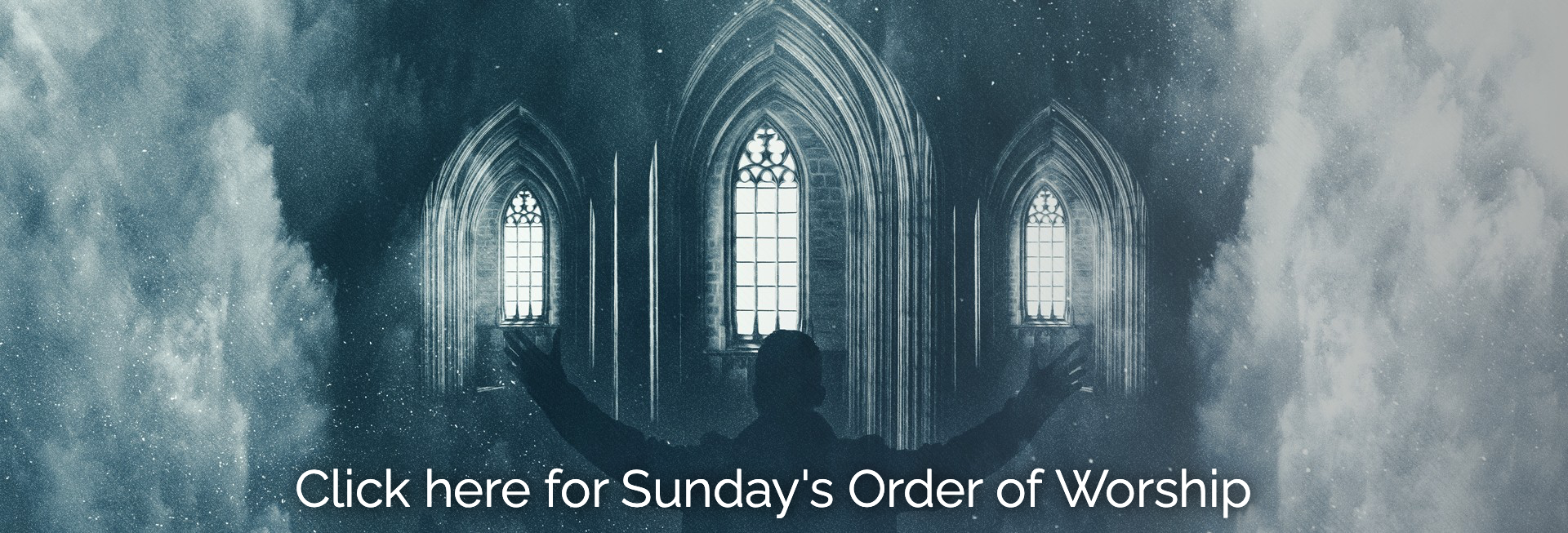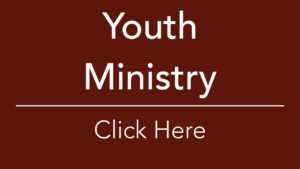Welcome to Northminster
Join us this Sunday!
Upcoming Events
The Latest from our blogs…

June 2020 Pastor’s Corner – How’s This for Unexpected Irony?
Posted on Jun 1, 2020 by David Garrison in Christian Living, Coronavirus, Devotions, Family in the Bible, General, HomePage, Pastor's Corner, Spiritual Growth | 0

Pentecost brings to a close the first half of the Christian year. The seasons of Advent, Christmas, Epiphany, Lent, and Easter trace the grand arc of God’s saving action in Jesus Christ. In addition to that rhythm, we have spent the past 90 days reading through the entire Bible. It’s felt something like a whirlwind. Then add in the chaos we’ve all experienced in our lives and our world with the coronavirus pandemic, and it’s enough to leave you dizzy, confused and probably a little overwhelmed. At this point, most all of us are yearning for just a little bit of ordinary.
The second half of the Christian year is one long season called Ordinary Time. This year, Ordinary Time begins today, June 1. As Philip Reindeers explains, ‘“Ordinary” doesn’t mean boring or second-rate but simply “everyday.” The Christian faith is not an otherworldly faith; it’s about this creation, your life, these days. Ordinary Time gives us the space to consider all the implications of God’s salvation in Jesus Christ for our day by day, week-in, week-out lives.’ As we find ourselves yearning for something of the ordinary in these very extraordinary times, the Christian calendar offers an invitation to consider the implications not just of all that God’s salvation in Christ means for our daily lives, but also how this pandemic is impacting us as well — and perhaps even to ask how does the Gospel inform and affect our understanding of the pandemic’s impact?
So here’s what I want you to do, God helping you: Take your everyday, ordinary life—your sleeping, eating, going-to-work, and walking-around life—and place it before God as an offering. Embracing what God does for you is the best thing you can do for him. Don’t become so well-adjusted to your culture that you fit into it without even thinking. Instead, fix your attention on God. You’ll be changed from the inside out. Readily recognize what he wants from you, and quickly respond to it. Unlike the culture around you, always dragging you down to its level of immaturity, God brings the best out of you, develops well-formed maturity in you. (Rom. 12:1–2 MESSAGE)
Blessings,
Rev. David Garrison
Read more...

Northminster’s Plans for ‘Phase 1’
Posted on May 15, 2020 by David Garrison in Announcements, General, HomePage, News, Worship | 0

Good afternoon, Folks,
On Tuesday, the Session met to discuss our plans for Phase 1 of Virginia’s ‘Forward Virginia’ reopening plans. Up to this point, we have been limited to no more than 10 people at any gathering and, out of an abundance of caution and a desire to follow the guidance from the VDH and CDC, we have postponed all ministries. Since we have 8-9 people leading worship each Sunday, we’ve asked that no one else attend.
As of today, the 10 person limit has been lifted and so, if you greatly desire to do so and believe it is safe for you, the sanctuary is open for folks to join us on Sunday mornings. However, we believe it best to err on the side of caution at this time and are encouraging folks to join us on Facebook Live for worship, especially if you are in an at-risk category or are experiencing cold symptoms. Sunday school, women’s circles, children’s and youth ministries continue to be suspended at this time.
To summarize:
- The sanctuary is open for worship, but we still encourage you to stay home and worship with us online.
- All other ministries and programs will remain suspended for the duration of Phase 1.
- If you have any symptoms or are at-risk, please remain home.
The Session will continue to monitor the situation and will make plans as we learn more about Phases 2 & 3. As always, we welcome your feedback and invite you to email me or the elders. Particularly if you have need, please let us know how we can be of help and pray for you during this ongoing season.
We miss seeing you very much, but want to be prudent and wise in how we move forward.
Blessings,
Rev. David Garrison, and the Session of NEPC
Read more...

May 2020 Pastor’s Corner – What to do about Communion?
Posted on May 1, 2020 by David Garrison in Christian Living, Coronavirus, General, HomePage, Pastor's Corner, Worship | 0

We are about to begin our second full month under quarantine, and under normal circumstances we would be celebrating the Sacrament of the Lord’s Supper. As we all know, however, these are not normal circumstances. How do we celebrate the sacrament in these times? Should we celebrate the sacrament during these times? Is it possible to celebrate the sacrament “virtually”? These are questions pastors and elders have been wrestling with over the past month.
As the kids say these days, the “TL;DR” (too long; don’t read) answer that your Session has come to, is that for right now we, once again, will not be celebrating the Sacrament this month.
Now for the (slightly) longer version.
As said, these are unusual times. Someone commented to me the other day how much they appreciated the online worship service, as it provided a sense of ‘normal’ in very abnormal times. That’s one of the key reasons why we are doing our best to keep the order of service as much as normal as possible. But, these are nevertheless unusual times, and there are some things we might normally do that we hold off on until we get back to normal, and the Lord’s Supper is one of those things. Our “virtual worship” is a blessing, but it is not a replacement for the real thing.
The Sacrament of the Lord’s Supper is inherently communal and physical. As a visceral, physical experience it is one of the most tactile moments in our worship service. It involves all of our senses – taste, touch, smell, sight, and sound. It is also communal; it is an act of the community. While we are symbolically together through Facebook Live, yet we are not physically together. It’s like when traveling for work. I can still FaceTime my wife and kids, which is better than a phone call, but it’s not the same as being physically present with them.
Much like the spiritual discipline of fasting is meant to remind us of our deeper longing and need for God, it is our hope that as we “fast” from communion, it would remind us of how the sacrament serves as a ‘sign and seal’ of our salvation. As one theologian said regarding this absence, “the practice of the sacrament is an aid to our faith, it’s absence is not a detriment.” It is our hope and prayer that the absence of the sacrament will foster in each of us a longing for that wondrous day when we, once again, gather together as a congregation to worship our Savior and celebrate this sacrament once again.
Blessings,
Rev. David Garrison
Read more...

A Call to Prayer and Fasting – Good Friday, April 10, 2020
Posted on Apr 6, 2020 by David Garrison in Announcements, Christian Living, Coronavirus, General, HomePage, Ministry, News, Prayers, Spiritual Growth, Worship | 0

Read more...

April 2020 Pastor’s Corner – The Conundrum of the Cluster
Posted on Apr 1, 2020 by David Garrison in Christian Living, Devotions, General, HomePage, Local Service, Pastor's Corner, Prayers, Spiritual Growth | 0

The Conundrum of the Cluster
The Church Scattered
The Church Closed. Or is it?
A couple of years ago, God gave my associate pastor a vision of our church having transparent walls. For two years, we have been wondering how on earth God was going to turn stone and stained glass into transparent walls. We got the interpretation today. He’s making them transparent by locking our doors. Suddenly people will be able to see in from the outside! May God make transparent all the walls of our churches, that the world may know the Good News of Jesus Christ… He has been preparing us for this since November. We just didn’t understand what he was saying until now. Our church is being called to love and serve one another. We are the church sent out, not the church closed!
The Church Sent Out
Rev. David Garrison
Read more...








